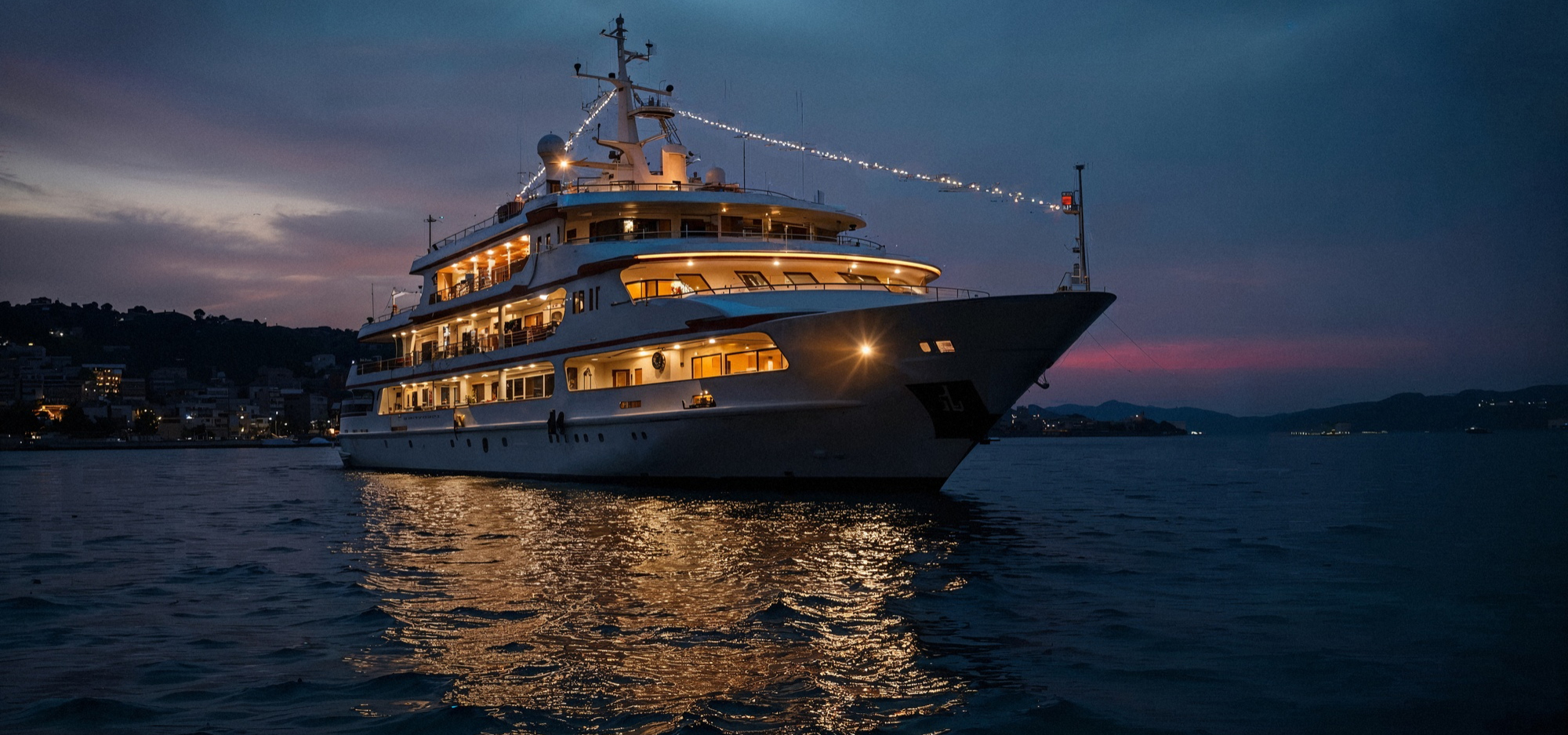| |
| |
HYDRAULIC SYSTEMS
High, Medium & Low Pressure
The smooth and safe operation of any vessel depends heavily on the condition of its hydraulic systems. We specialize in the repair, maintenance, and replacement of high, medium, and low-pressure hydraulic circuits, offering services that meet the requirements of every engine room.
|
|
| |
|
|
| |
|
|
|
| |
| |
|
|
| |
We intervene in:
► Steering and lifting systems
► Hydraulic systems for hatches, cranes, valves, and ramps
► Piping lines and connections
► Pumps, pistons, filters, and pressure units
|
|
| |
|
|
| |
|
|
|
|
| |
|
|
| |
FAQs: |
|
| |
|
|
| |
 What’s the difference between high, medium, and low-pressure systems? What’s the difference between high, medium, and low-pressure systems? |
| |
|
► Low pressure: Up to 50 bar – typically used for auxiliary operations.
► Medium pressure: 50 to 200 bar – used for control and regulation functions.
► High pressure: Over 200 bar – critical for heavy operations such as steering, ramps, winches, cranes, etc.
|
| |
|
How is a hydraulic issue diagnosed? |
| |
|
We start by checking pressure levels, leaks, vibrations, and system functionality. If necessary, components are disassembled and thoroughly inspected. Our experience allows us to quickly identify the root cause of a problem.
|
| |
|
What types of ships do you work on? |
| |
|
All types – bulk carriers, tankers, container ships, cruise liners, and private vessels. We tailor our intervention to each vessel’s specific design and operational needs.
|
| |
|
Do you offer replacement or just repairs? |
| |
|
We do both. Minor damages are repaired. In cases of severe wear or non-functioning components, we recommend replacement with reliable parts.
|
| |
|
Is preventive maintenance necessary? |
| |
|
Yes. Regular hydraulic system maintenance prevents major failures, leaks, pressure loss, and delays in departure. We can design a maintenance plan tailored to your vessel.
|
| |
|
| |
|
|
| |
|
|
|

